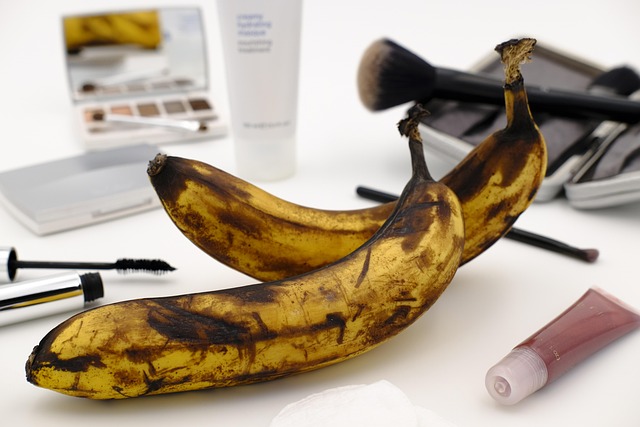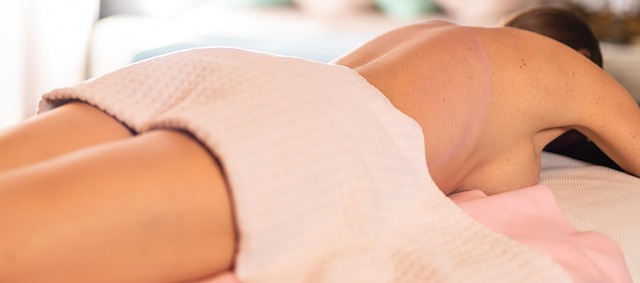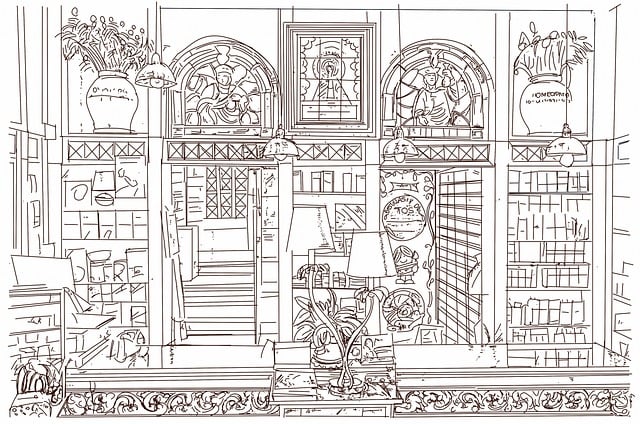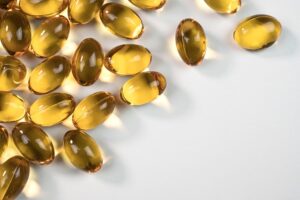Understanding wrinkle formation is crucial for effective anti-aging treatments, targeting collagen degradation, UV radiation, protein glycation, hormonal changes, smoking, diet, and hydration. Key ingredients like retinol, peptides, and antioxidants stimulate collagen production, protect against damage, and combat glycation. Topical treatments, popular for their direct benefits, include creams and serums that reduce fine lines, enhance elasticity, and provide antioxidant protection. A healthy lifestyle with a balanced diet, exercise, and hydration also boosts collagen production and skin health. Technological advancements like LED light therapy, chemical peels, and microdermabrasion offer innovative anti-aging solutions tailored to specific skin types and concerns. Choosing the right treatment requires understanding skin type and patch testing new products for compatibility.
Uncover the secrets to achieving and maintaining youthful skin with our comprehensive guide on anti-aging wrinkle care. Explore the science behind wrinkles, understanding how factors like collagen breakdown, UV exposure, and lifestyle choices contribute to their formation. Discover key ingredients proven effective in combating signs of aging. From topical treatments offering profound benefits to lifestyle changes that enhance skin health, we provide insights into advanced technologies and selecting products tailored to your skin type for a personalized anti-aging treatment approach.
Understanding the Science Behind Wrinkle Formation

Understanding the science behind wrinkle formation is key to choosing effective anti-aging treatments. As we age, our skin undergoes several changes that contribute to the appearance of wrinkles. One primary factor is collagen degradation. Collagen, a protein that provides structure and elasticity to our skin, naturally decreases with age. This loss of collagen results in reduced skin firmness and resilience, making it more susceptible to creases and lines. Additionally, ultraviolet (UV) radiation from sunlight accelerates this process by damaging the skin’s cells and breaking down collagen and elastin fibres.
Another significant mechanism is protein glycation, where sugar molecules attach to proteins in a process called non-enzymatic glycation. This reaction impairs the function of key proteins involved in maintaining skin structure and moisture balance, leading to wrinkles and age spots. Furthermore, hormonal changes, smoking, poor diet, and inadequate hydration also play roles in wrinkle development. By understanding these complex processes, anti-aging treatments can target specific issues, aiming to stimulate collagen production, protect against UV damage, and combat protein glycation to delay or minimize the appearance of wrinkles.
Key Ingredients for Effective Anti-Aging Care

When it comes to effective anti-aging wrinkle care, the key lies in understanding and utilizing powerful ingredients that can combat the visible signs of aging. One of the most sought-after components in anti-aging treatments is retinol—a derivative of vitamin A. Retinol encourages cell turnover by stimulating the production of collagen, resulting in smoother, more youthful-looking skin. It also helps to minimize fine lines and wrinkles by improving skin texture and elasticity.
Another game-changer in the world of anti-aging care is peptides. These chains of amino acids are known for their ability to signal cells to produce more collagen and elastin, which are essential proteins for maintaining skin firmness and elasticity. Peptides also have anti-inflammatory properties, reducing the appearance of age spots and other signs of skin damage. When combined with antioxidants like vitamin C, which protects the skin from environmental stressors, these ingredients create a powerful anti-aging treatment regimen.
Topical Treatments and Their Benefits

Topical anti-aging treatments have gained significant popularity due to their direct and effective approach to addressing skin concerns. These treatments offer a wide array of benefits, making them an essential component in any comprehensive skincare routine. One of the key advantages is their ability to penetrate the skin’s surface, delivering powerful active ingredients that stimulate collagen production and enhance elasticity. By regularly using topical creams or serums, individuals can visibly reduce the appearance of fine lines and wrinkles, resulting in a smoother and more youthful complexion.
Additionally, these treatments often incorporate advanced formulations with hydrating agents, antioxidants, and anti-inflammatory properties, providing much-needed nourishment to the skin. They help protect against environmental damage, reduce hyperpigmentation, and calm skin irritation, contributing to an overall healthier and more radiant skin tone. With their convenience and customizable options, topical anti-aging treatments offer a non-invasive way to achieve younger-looking skin without the need for extensive procedures or surgeries, making them a top choice for many seeking effective skincare solutions.
Lifestyle Changes for Youthful Skin

Adopting a healthy lifestyle is one of the most effective natural anti-aging treatments. This includes maintaining a balanced diet rich in antioxidants, vitamins, and minerals to support skin health from within. Foods like berries, leafy greens, and omega-3 fatty acids are known to boost collagen production and reduce inflammation, which can significantly improve skin elasticity and texture.
Regular exercise is another key component. Increased blood circulation promotes skin cell turnover, resulting in a more youthful complexion. Additionally, staying hydrated by drinking enough water helps maintain skin hydration, enhancing its ability to defend against environmental damage, a common cause of premature aging.
Advanced Technologies in Anti-Aging Skincare

The world of skincare has seen a remarkable evolution with the introduction of advanced technologies in anti-aging treatments. Innovations such as LED light therapy, chemical peels, and microdermabrasion offer effective ways to combat wrinkles and fine lines. These cutting-edge procedures work by stimulating collagen production, exfoliating dead skin cells, and improving skin texture, resulting in a youthful glow.
For instance, LED light therapy utilizes specific wavelengths of light to target different skin concerns, including aging signs. Chemical peels involve applying acidic solutions to remove the top layer of skin, revealing smoother and more even-toned skin beneath. Microdermabrasion, on the other hand, gently abrasives the skin’s surface to eliminate dead cells and unclog pores, leaving behind a brighter and more radiant complexion. These technologies not only provide significant anti-aging benefits but also offer minimal downtime and are generally considered safe for most skin types.
Selecting the Right Products for Your Skin Type

Choosing the perfect anti-aging treatment starts with understanding your skin type. Oily, dry, combination, or sensitive – each requires a tailored approach. For instance, if you have oily skin, look for products labeled “non-comedogenic” that won’t clog pores, and opt for gel-based formulas. Dry skin benefits from humectants like hyaluronic acid to lock in moisture, while those with combination skin can benefit from balanced, lightweight creams.
Sensitve skin demands extra care; choose gentle, hypoallergenic ingredients and avoid fragrances or harsh chemicals. Anti-aging treatments should complement your skin’s natural barrier function rather than disrupt it. Always patch test new products before incorporating them into your routine to ensure they agree with your unique skin type.
